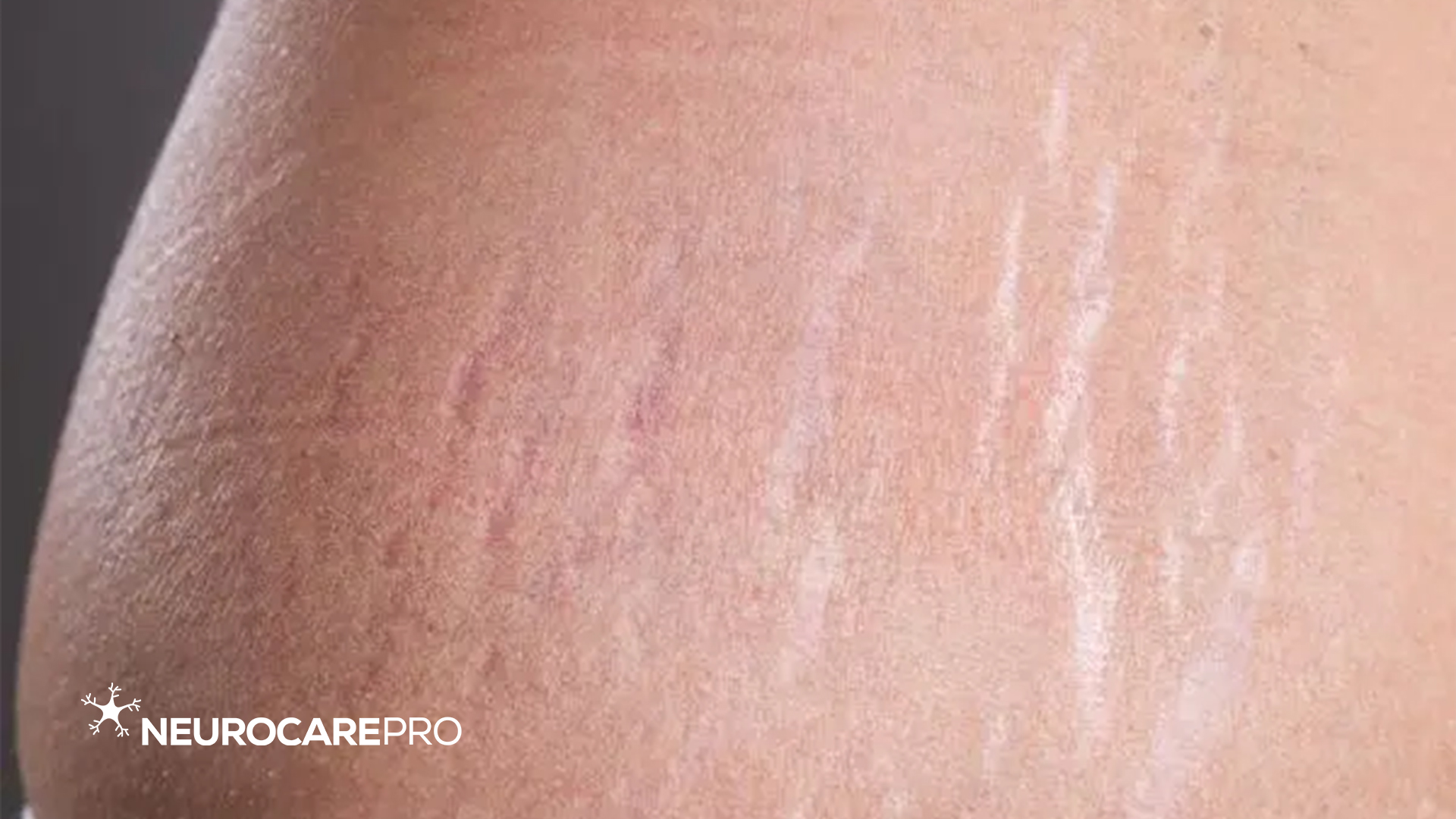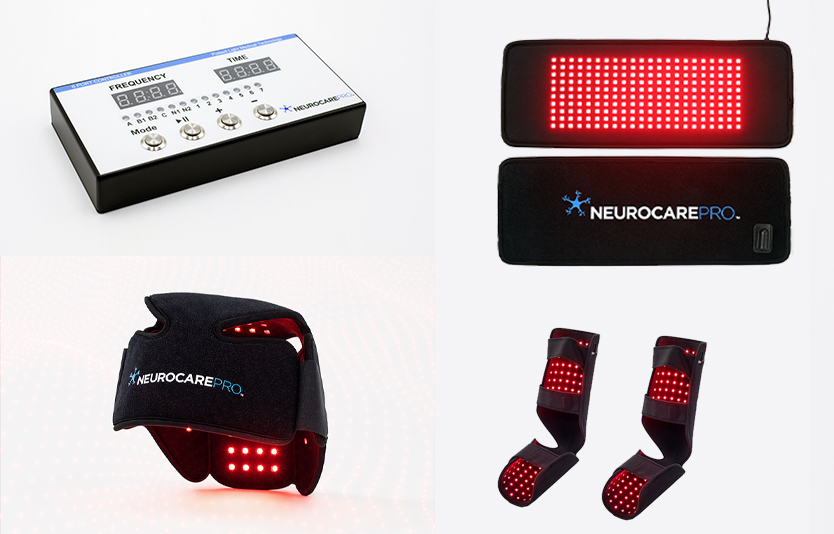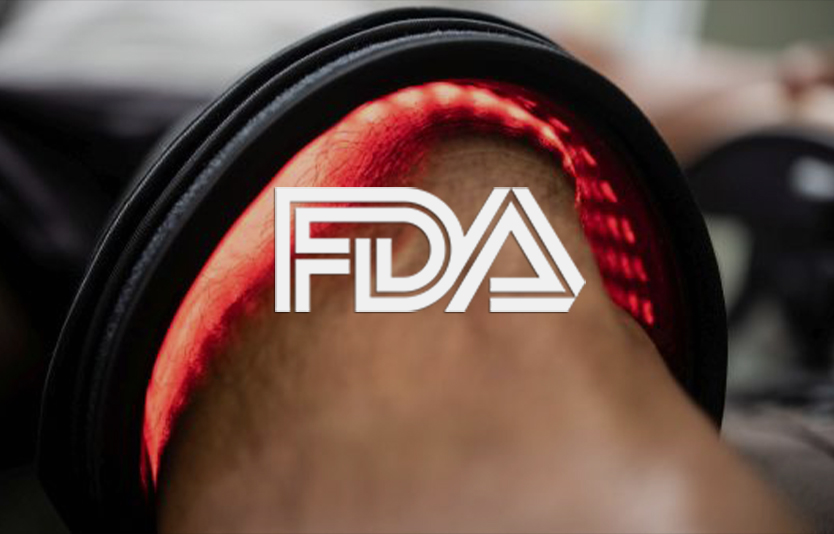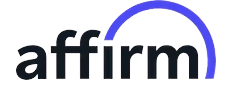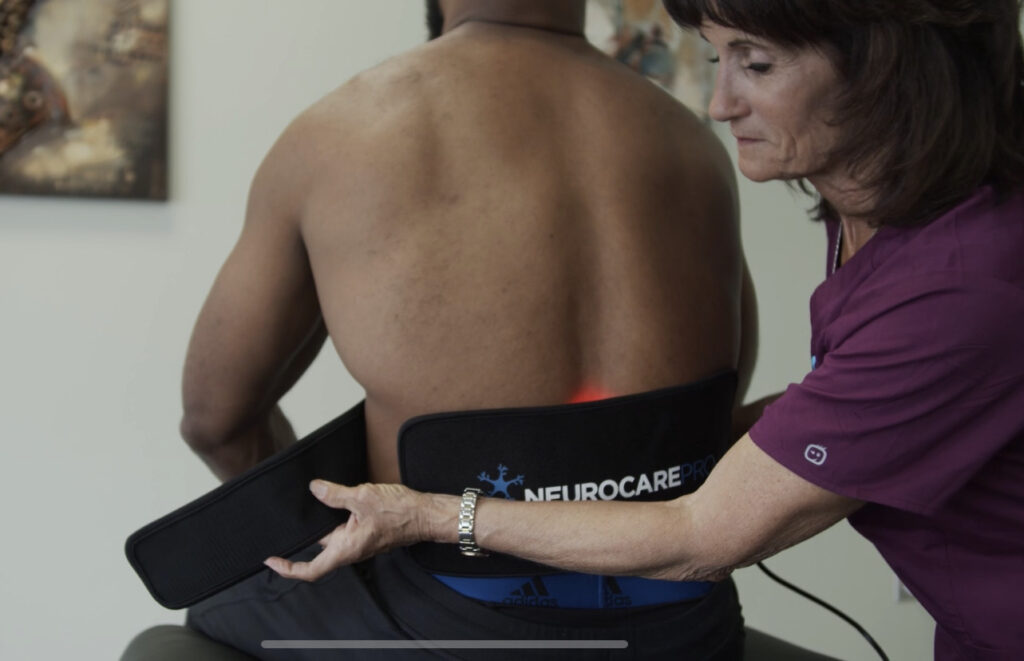Reduce Stretch Marks & Rejuvenate Your Skin
Results show red light's treatments work on reducing stretch marks. It works because it:
Boosts collagen: Stretch marks arise from collagen damage. When you treat stretch marks with red light therapy it can stimulate collagen production, helping to fill in the gaps and smooth out the skin's appearance. Think of it as giving your skin a natural collagen booster, plumping and revitalizing its texture. (Source: https://onlinelibrary.wiley.com/doi/10.1111/ics.12698?af=R)
Reducing inflammation: Stubborn red stretch marks often have an underlying inflammatory component. Red light's anti-inflammatory properties can help soothe the area, promoting a calmer and more even skin tone. (Source: https://www.dermapenworld.com/blog/do-stretch-marks-go-away)
Enhancing circulation: Improved blood flow to the affected area, courtesy of red light, delivers essential nutrients and oxygen to accelerate the healing process, making those stretch marks less prominent. (Source: https://pubmed.ncbi.nlm.nih.gov/18214584/)
Stimulating cellular repair: Red light therapy can penetrate deep into the skin, reaching the fibroblast cells responsible for collagen production. This gentle nudging encourages them to work their magic, repairing the damaged tissue and leaving your skin looking smoother and more unified. (Source: https://platinumtherapylights.com/blogs/news/red-and-near-infrared-light-therapy-stretch-marks)
And the best part?
When you treat stretch marks with red light therapy, know that it's a safe, non-invasive, and painless treatment option. Many devices are available for home use, allowing you to indulge in self-care sessions from the comfort of your own space. Remember, consistency is key! Regular red light therapy sessions, like whispers of renewal, can help unlock its full potential for a skin story you'll love to tell. So, why not let the warm embrace of red light therapy rewrite your stretch mark narrative, one chapter of improved appearance at a time?
Shine on, and let red light therapy illuminate a new chapter in your skin story, one where stretch marks fade and confidence glows!

